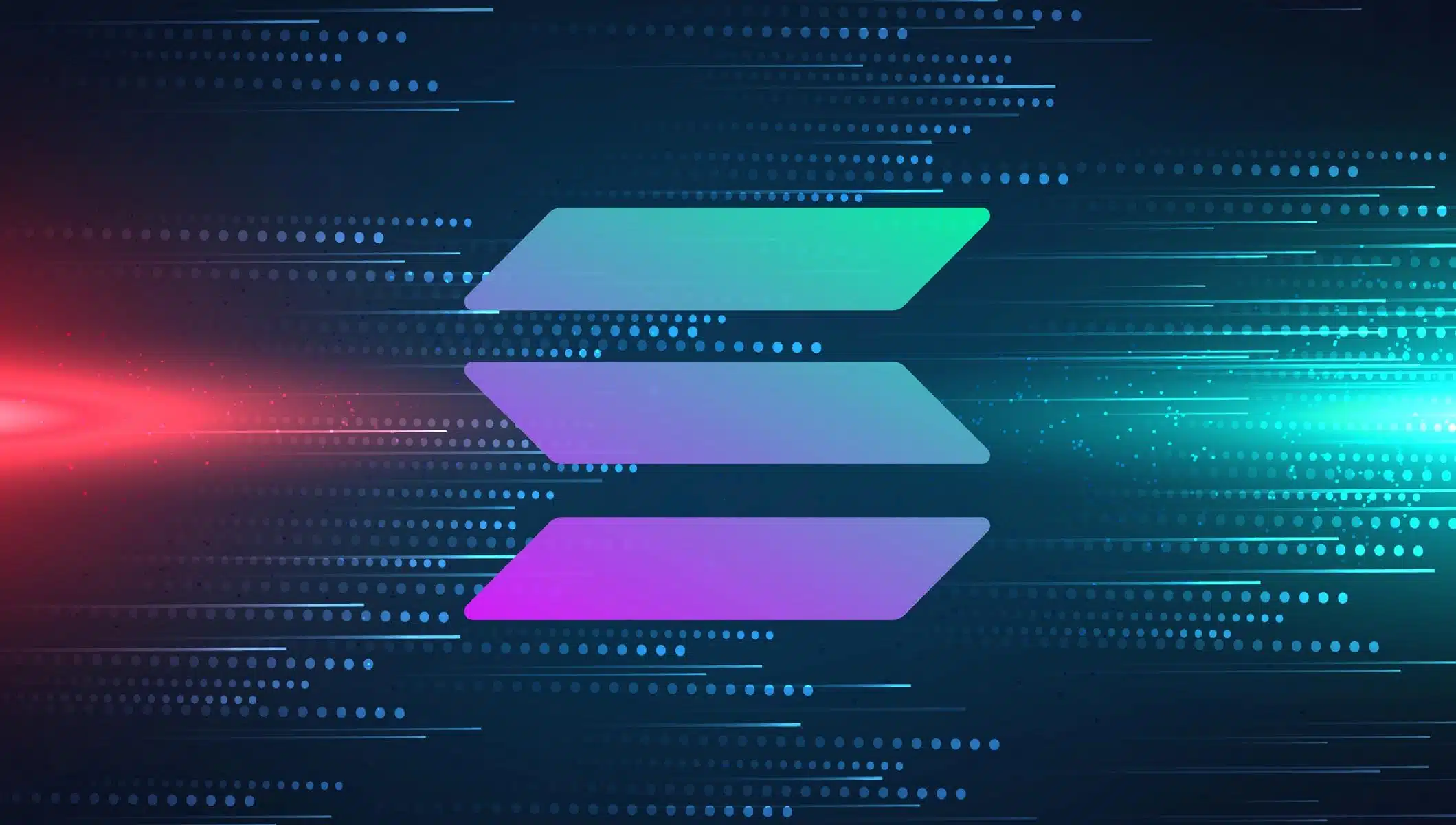- Solana doubles down on Layer 1 scaling, aiming to synchronize a global atomic state machine while welcoming Layer 2 solutions.
- In contrast, Ethereum leans on Layer 2 options to tackle congestion, with over $20 billion TVL in these solutions.
In a recent announcement, Anatoly Yakovenko, co-founder of the blockchain platform Solana (SOL), has reaffirmed the project’s commitment to scaling at the Layer 1 level and achieving a global atomic state machine.
Will @solana ever require Layer 2 solutions? There's nothing stopping developers from creating Layer 2s on Solana. However, Solana's aim is to synchronize a global atomic state machine as fast as the laws of physics allow.
In this end state, any Layer 2, side chain, or…
— toly
(@aeyakovenko) January 5, 2024
This stance contrasts with other blockchain networks like Ethereum, which increasingly rely on Layer 2 solutions to address scalability challenges. Yakovenko’s remarks shed light on Solana’s unique design principles and determination to provide a high-performance, low-cost environment for decentralized applications (dApps).
Layer 1 Scaling Takes Center Stage
Solana’s primary objective is to synchronize a global atomic state machine as rapidly as the laws of physics permit. While developers are welcome to create Layer 2 solutions on the Solana network, the platform’s core focus remains on scaling at the Layer 1 level. This approach starkly contrasts Ethereum’s strategy, which leans heavily on Layer 2 solutions to alleviate network congestion and high transaction fees.
Solana’s commitment to Layer 1 scaling means any Layer 2, side chain, or zero-knowledge proof valadium. However, valuable innovations, in their own right, are seen as external execution environments that do not ensure atomic composition with the rest of the Layer 1 state. The platform aims to enhance the single virtual machine instance on Layer 1, ideally through future hardware upgrades.
Solana’s Confidence in Its Unique Design
Yakovenko acknowledged the innovative nature of technologies like side chains, data availability validating bridges, and zero-knowledge proof valadiums but stressed that they do not expand the atomic global state machine. This strategic decision underscores Solana’s confidence in its ability to meet global demands without resorting to external execution environments, a path many other blockchain networks have chosen.
It is important to note that Solana has faced challenges related to network reliability in the past, raising questions about its ability to provide a consistent and stable platform for dApps. To address these concerns, the platform has plans to upgrade its client by introducing “Firedancer,” a development aimed at increasing node reliability and overall network performance.
While Solana focuses on Layer 1 scaling, Ethereum has taken a different route by increasingly relying on Layer 2 solutions. In a recent developer call, they decided not to increase Ethereum’s gas limit beyond the 30 million gwei level. This decision indicates a delay in Ethereum’s on-chain scaling ambitions, as it looks toward off-chain and sidechain solutions to alleviate congestion and reduce transaction costs.
Layer-2 options such as Optimism and Arbitrum have gained popularity within the Ethereum community for their ability to offload transactions from the mainnet while maintaining compatibility with existing smart contracts. Data from L2Beat shows that these Layer 2 solutions have a combined Total Value Locked (TVL) of over $20 billion, with Arbitrum leading the pack at $10 billion in managed assets as of January 5.

In addition to discussing Solana’s commitment to Layer 1 scaling, Yakovenko highlighted potential vulnerabilities in Ethereum and Solana. He pointed out that Ethereum’s major threat lies in the centralization of value in execution hotspots, potentially compromising decentralization.
On the other hand, Solana’s vulnerability is tied to the importance of atomic composability in the blockchain industry, a fundamental aspect of Solana’s design.
As of the latest update, Solana’s native token, SOL, traded at $95.53, representing a 6% decline in just seven days. The market’s reaction to Solana’s strategic development and Yakovenko’s insights into potential vulnerabilities adds an intriguing layer to the ongoing narrative in the blockchain space
Credit: Source link






















 Bitcoin
Bitcoin  Ethereum
Ethereum  XRP
XRP  Tether
Tether  Solana
Solana  USDC
USDC  Dogecoin
Dogecoin  Cardano
Cardano  Lido Staked Ether
Lido Staked Ether  TRON
TRON  Wrapped Bitcoin
Wrapped Bitcoin  Wrapped stETH
Wrapped stETH  Chainlink
Chainlink  Avalanche
Avalanche  Sui
Sui  Stellar
Stellar  Litecoin
Litecoin  Toncoin
Toncoin  Shiba Inu
Shiba Inu  Hedera
Hedera  LEO Token
LEO Token  USDS
USDS  Hyperliquid
Hyperliquid  WETH
WETH  Polkadot
Polkadot  MANTRA
MANTRA  Bitcoin Cash
Bitcoin Cash  Bitget Token
Bitget Token  Ethena USDe
Ethena USDe  Wrapped eETH
Wrapped eETH  Uniswap
Uniswap  Monero
Monero  NEAR Protocol
NEAR Protocol  Pepe
Pepe  WhiteBIT Coin
WhiteBIT Coin  Aave
Aave  Ondo
Ondo  Bittensor
Bittensor  Aptos
Aptos  Internet Computer
Internet Computer  Dai
Dai  Official Trump
Official Trump  Mantle
Mantle  Ethereum Classic
Ethereum Classic  Tokenize Xchange
Tokenize Xchange  OKB
OKB  Gate
Gate  sUSDS
sUSDS  Coinbase Wrapped BTC
Coinbase Wrapped BTC 
